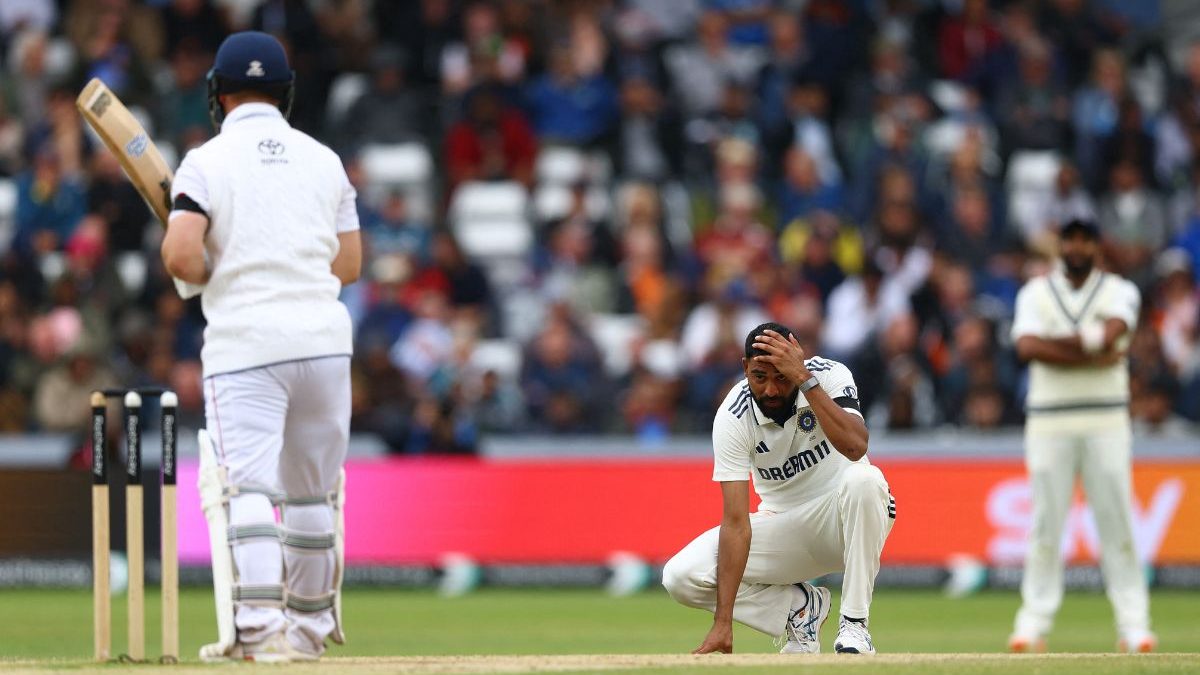

India's loss in the first Test against England at Headingley was a bitter pill to swallow, especially considering the strong position they held at various stages of the match. Despite posting scores of 471 and 364, and boasting five centurions across both innings, they succumbed to a five-wicket defeat, allowing England to take a 1-0 lead in the five-match series. Several factors contributed to this disappointing outcome.
One of the most glaring issues was the repeated batting collapses, particularly in the lower-middle order. In both innings, India's top order laid a solid foundation, but the tail failed to capitalize. In the first innings, India were comfortably placed at 430/3 before losing their last seven wickets for a mere 41 runs. A similar story unfolded in the second innings, where they slumped from 333/4 to 364 all out, losing their last six wickets for just 31 runs. These collapses prevented India from posting an even more imposing target, with head coach Gautam Gambhir admitting the team was aiming for a 430-run lead in the second innings. The inability of the lower order, including Karun Nair, Ravindra Jadeja, and Shardul Thakur, to contribute meaningfully proved costly.
Another significant factor was India's poor fielding performance. Several crucial catches were dropped throughout the match, giving England's batsmen lifelines and allowing them to build substantial partnerships. Yashasvi Jaiswal was the main culprit, dropping four catches, while Rishabh Pant, Ravindra Jadeja, and Sai Sudharsan also contributed to the errors. These dropped catches proved particularly damaging, with England batsmen capitalizing on these reprieves to add valuable runs. Ben Duckett, who was named Player of the Match for his outstanding performance, was dropped on 98 by Jaiswal, a missed opportunity that ultimately proved very costly.
While the top order batsmen performed admirably, the Indian bowlers struggled to maintain pressure, especially on the final day. Despite overcast conditions, the pace attack looked toothless, failing to pick up early wickets. Jasprit Bumrah, India's spearhead, went wicketless in his crucial first spell, and Ravindra Jadeja, the lead spinner, was largely ineffective. Although Prasidh Krishna and Shardul Thakur managed to pick up a few wickets, they were too few and far between to stem the flow of runs. Ben Duckett's aggressive approach put the Indian bowlers on the back foot, and they struggled to contain him. The lack of consistency and penetration in the bowling attack allowed England's batsmen to dictate terms and chase down the target with relative ease.
Captaincy also came under scrutiny, with Shubman Gill, leading the team in his first Test, facing criticism for his field settings and decision-making. Some observers felt that the field placements were too passive, allowing England to score freely. Additionally, India's use of DRS reviews was questionable, as they exhausted all their reviews, some of them unwisely, leaving them with no recourse when legitimate opportunities arose.
England's 'Bazball' approach, characterized by aggressive and fearless cricket, also played a significant role. Ben Duckett's scintillating 149 set the tone for the chase, and the opening partnership of 188 with Zak Crawley put India under immense pressure. Joe Root's calm and composed innings of 53, along with Jamie Smith's explosive 44, ensured that England stayed on course and ultimately sealed the victory.
In summary, India's defeat at Headingley was a result of a combination of factors, including lower-order batting collapses, poor fielding, inconsistent bowling, questionable captaincy decisions, and England's aggressive batting approach. While the five centuries in the match were a historic feat, they were ultimately overshadowed by these shortcomings, leaving India to rue missed opportunities and regroup for the remaining matches in the series.